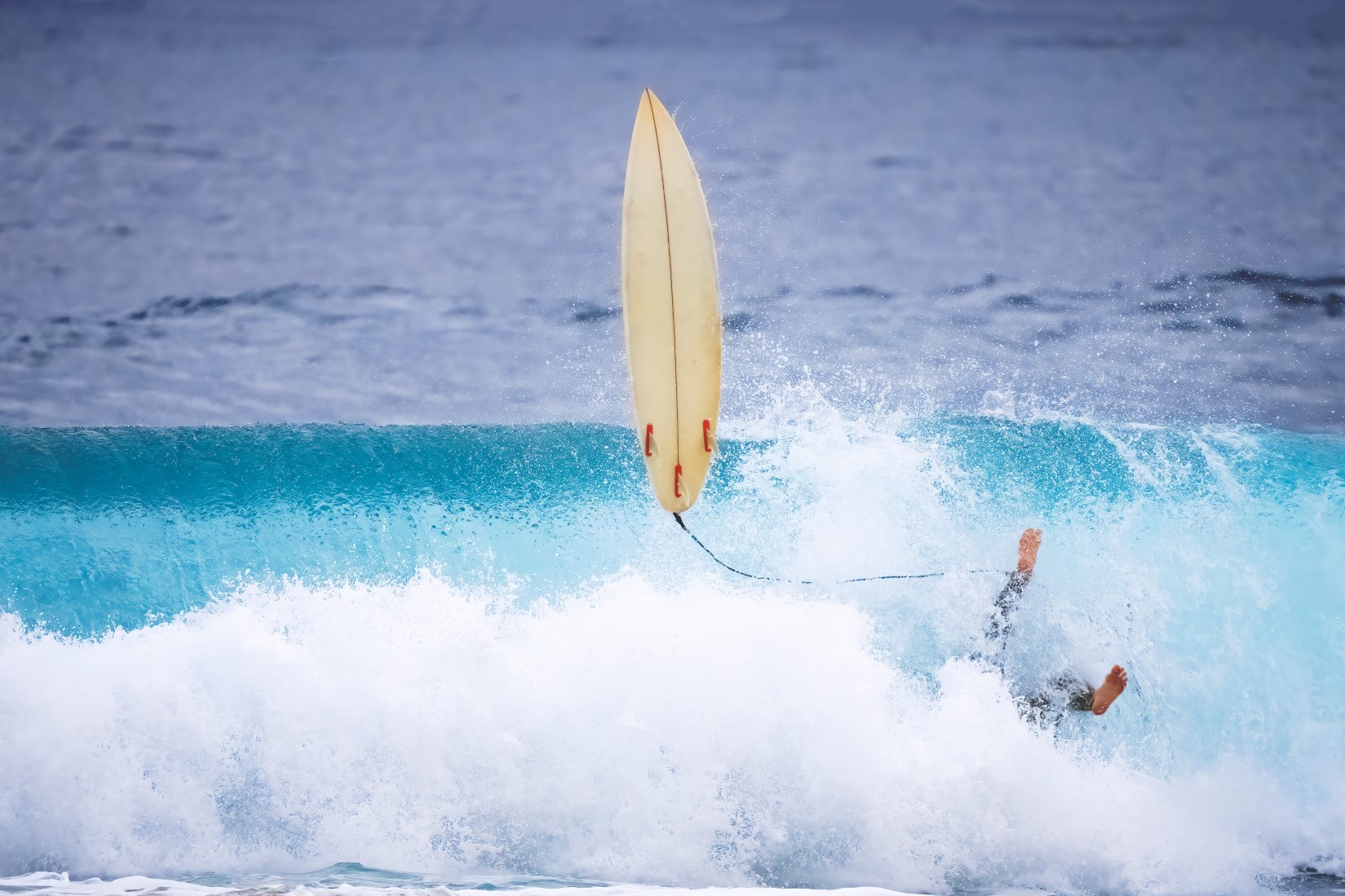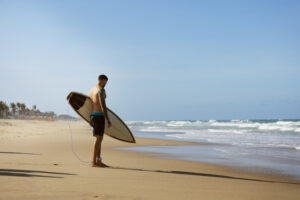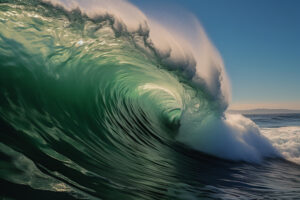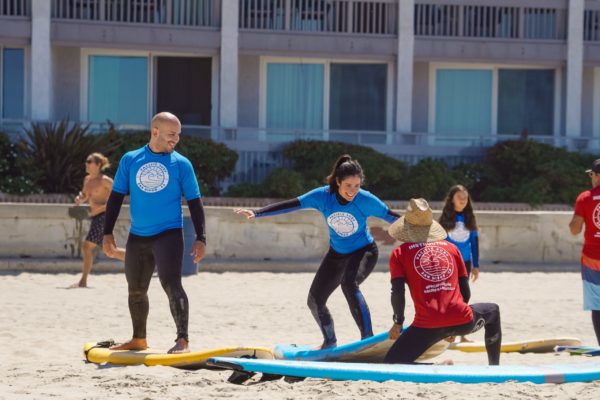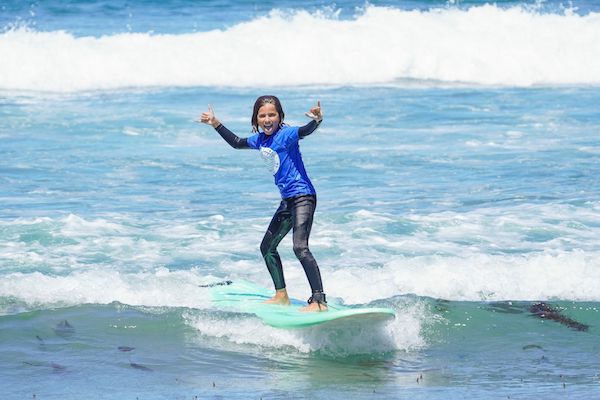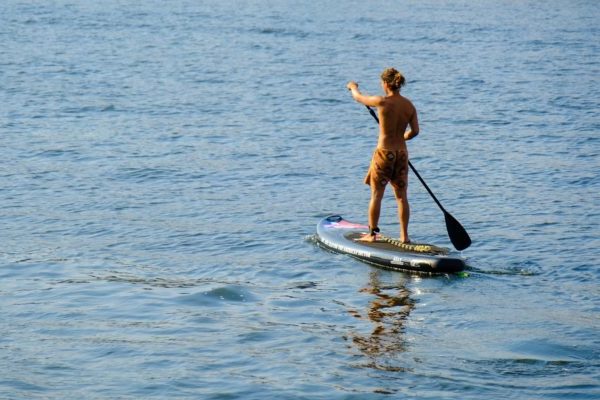Embracing Wipeouts
As the golden sunsets and the waves roll onto the shore, surfers worldwide know that with the thrill and beauty of surfing comes the reality of inevitable wipeouts. Novice and professional surfers alike have experienced the sting, the churn, and the humbling surrender to the might of the ocean. But rather than dread or fear these wipeouts, we should embrace them. Yes, the surfing wipeout is an art we should master— graceful chaos where failure is not only accepted but also celebrated in the journey of growth.
Wipeouts: An Inevitable Part of Surfing
Every surfer, regardless of skill level, knows that wipeouts are an unavoidable part of surfing. It’s a package deal. When you decide to catch your first green wave, you also silently consent to take a few dunkings. Wipeouts happen to the best of us. They’re a part of the sport, the package that comes with the adrenaline rush, the salty sea tang, the exultation of riding the perfect barrel. And they aren’t always a bad thing. They play a crucial role in our journey as surfers.
Famous Wipeouts in the History of Surfing
History is littered with some gnarly wipeouts that have become as famous as the surfers themselves. Remember the one involving legendary big wave surfer Greg “Da Bull” Noll on a monstrous wave at Makaha in 1969? Or the terrifying moment Mark Foo got caught inside Maverick’s in 1994 that resulted in his tragic death. Closer to our times, Tom Dosland’s epic freefall from a monster wave at Jaws in 2016 instantly became a viral sensation. These events serve as reminders of the raw power of the ocean and the respect it commands.
Psychological Impact of Wipeouts
While we can laugh off many mild wipeouts, those more severe can have a profound psychological impact on surfers. This impact sometimes instills a sense of fear, apprehension, or even post-traumatic stress disorder, particularly for big-wave surfers who face life-threatening situations. However, these emotions are valid and can be handled healthily and productively. The key takeaway is to foster resilience, a crucial trait for surfers grappling with the unpredictability and fierceness of the ocean.
Learning From Your Wipeouts: Minimizing Unproductive Fear
Unproductive fear is a common barrier that can impede surfers’ progress. Emotions triggered by wipeouts can create mental blocks, but they can also be cornerstones of learning and growth when properly addressed. Wipeouts offer real-time feedback, allowing you to analyze your actions and identify areas of improvement. Each wipeout tells a story of what went wrong – maybe you angled too steeply, or maybe your balance was off. Allowing yourself to learn from these experiences transforms this fear into a useful tool for refinement.
Strategies to Handle Wipeouts
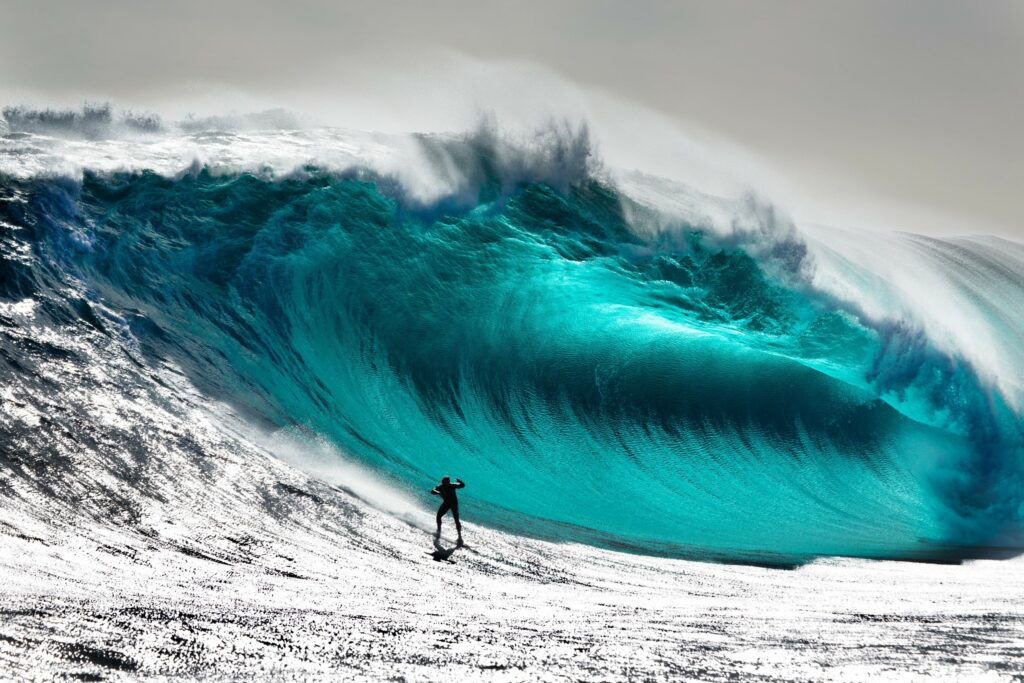
There are tools and techniques to physically handle wipeouts, which can reduce anxiety and enhance performance. The essential factors include understanding wave behavior, practicing proper breathing techniques, staying calm, and learning how to fall safely. Surfing, after all, is a game of adaptation.
Tips For Safer Wipeouts
Safety is crucial when dealing with wipeouts. It’s essential to protect your head and neck when you fall. Tuck into a ball and cover your head with your arms if you’re likely to hit the seabed. Timing your resurface is key, too – bursting up too quickly might result in getting hit by your board or the next wave.
Using Wipeouts To Improve Technique
Every wipeout is an opportunity to assess and enhance your technique. By understanding what caused the wipeout, you can adjust your approach, mitigate errors, and increase your likelihood of catching the next wave successfully. No two wipeouts are the same, and each one holds valuable lessons for improvement.
Mental Training For Better Wipeout Recovery
Mental training can improve your recovery from wipeouts. Visualization, mindfulness, and other psychological strategies can help manage fear and anxiety and foster resilience. Whether it’s calming your mind during a wipeout, thinking positive thoughts, or imagining yourself successfully navigating a wave, these mental exercises can significantly impact your surfing performance.
Wipeouts as Steppingstones to Becoming a Better Surfer
We often hear advice telling us to not fear failure but rather, to learn from it. This advice rings exceptionally true for surfers dealing with wipeouts. Indeed, these seemingly daunting experiences are not the end of our surfing journey, but stepping stones towards greater heights. The ballet of wipeouts rewards us with valuable lessons that help elevate our competence and confidence on the board.
Learning from your wipeouts cultivates a spirit of perseverance, honing your resilience against the unpredictable, mighty forces of the ocean waves. Each surfing fail provides you with practical insight into your technique and approach, offering real-time opportunities for immediate adjustment and enhancement. They are effective gauges to assess and refine your skills, ultimately guiding you to adapt and evolve as a better surfer.
Wipeouts also create space for mental training, which could arguably play a more significant role than physical training in your surfing progression. Visualization, mindfulness, and other mental exercises can prove beneficial in managing the fear and anxiety that often accompany wipeouts. They serve as crucial mental conditioning that fosters mental toughness, enabling faster recovery and better preparation for future surfing challenges.
In the grander scheme of things, wipeouts drown your fears and surface your courage. They serve as a powerful reminder of the respect we should always give to the sea, highlighting the profound connection between surfers and the ocean, founded in a mutual understanding of strength, flexibility, and unpredictability.
So, the next time you wipe out, remember it’s not a failure but feedback. It’s a hidden opportunity, not a grave misfortune. Embrace it, analyze it, learn from it. In the artistry of wipeouts, you will discover a pathway that leads to the making of a truly proficient and resilient surfer.

